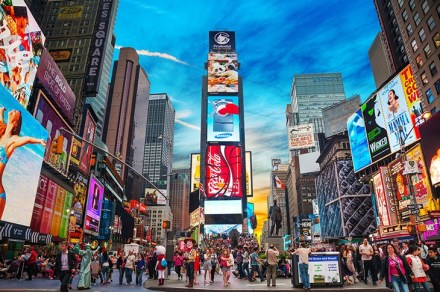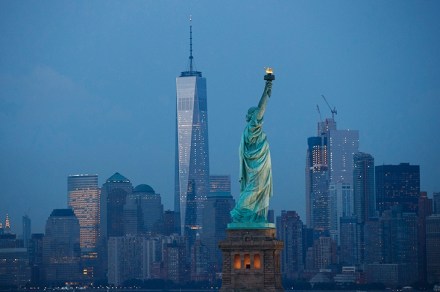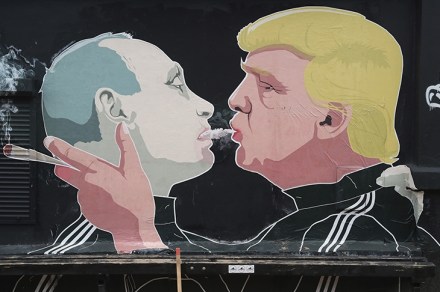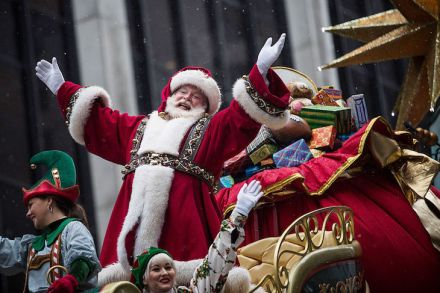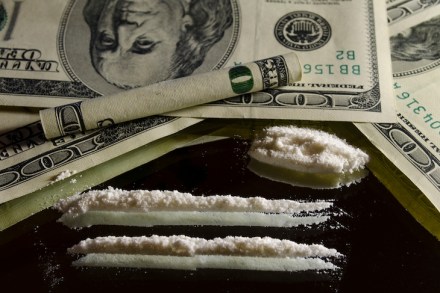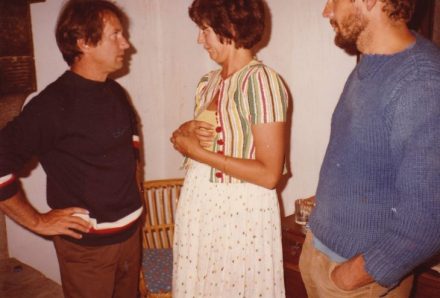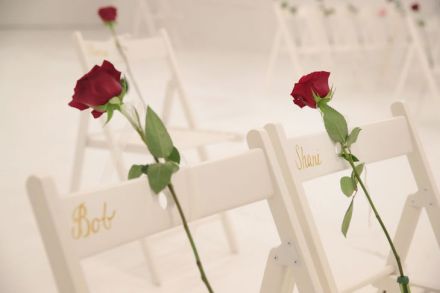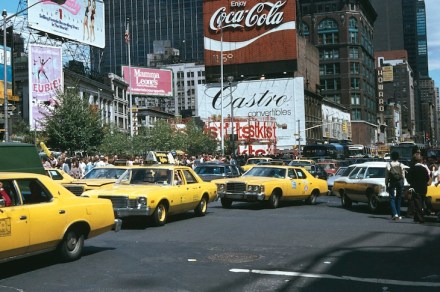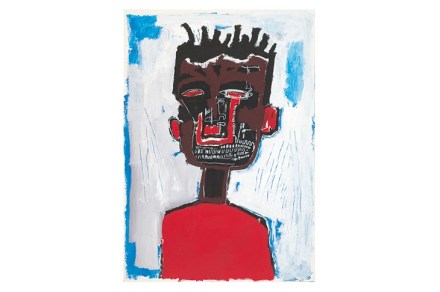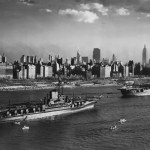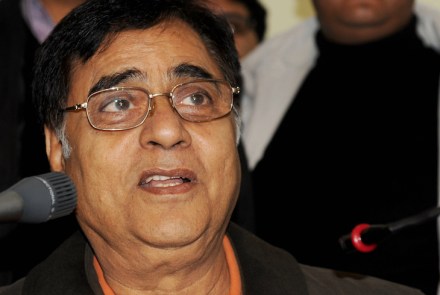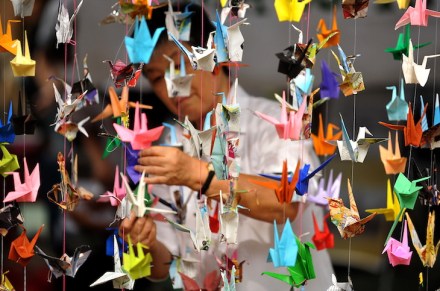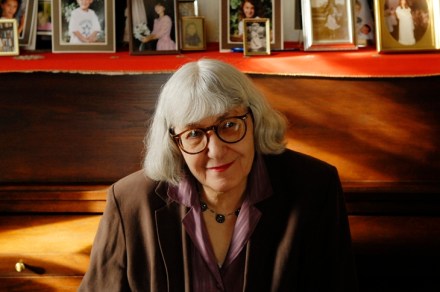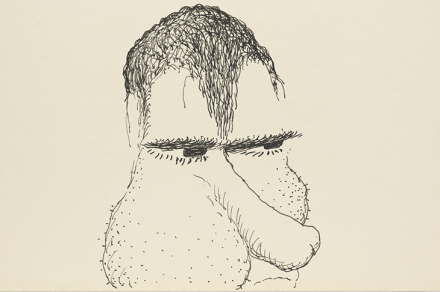High life | 6 December 2018
New York At times I used to think the place was real. The New York of films, that is. The reality is an urban agglomeration of millions, most of whom have a disinclination to speak English. Then there’s the celluloid city of 42nd Street, Annie Hall, Dead End, Rear Window and King Kong. This is the dream city I keep writing about, the one that stabs you in the gut because it’s gone. And it gets worse when you accept that it never existed in the first place. Like the woman of your dreams who has lost her looks and your best friend tells you they were never there. And
